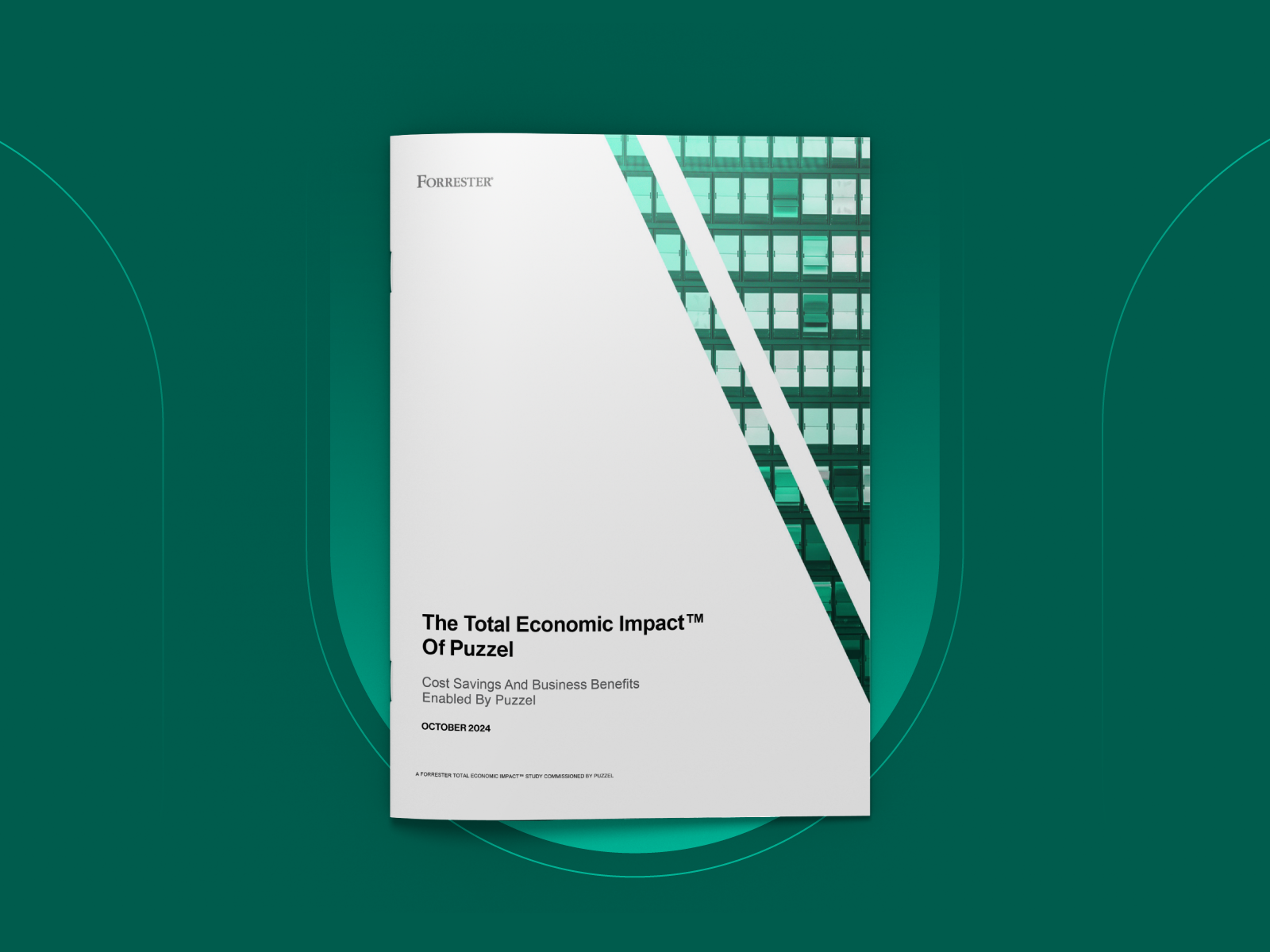As rising inflation, higher-than-ever customer acquisition costs and the looming possibility of a global recession continue to weigh on the minds of many brands, driving revenue through customer service is more important than ever before.
We’ve already seen a shift in customer behaviour as a reaction to the rising cost of living. Organisations using Puzzel have seen an increase in inbound demand as customers lean on their frontline. And this is just the beginning.
Contact centres have had to adapt their strategies to keep up with demand, but that’s not a long-term solution. As time goes on, you’ll start to see your costs rise as agent burnout increases and retention begins to drop off.
So, with other costs increasing across your organisation, how do you convince other areas that you need a bigger customer service budget for 2023? Not just to deal with a short-term spike in demand but to improve your long-term customer service strategy?
Changing the perception of contact centres
Business leaders often view customer service as an unnecessary expense rather than an opportunity for growth. However, every customer interaction across the entire customer journey is a chance to create revenue for your business. Many organisations are hesitant to spend money on new tools and technologies. Their logic is quite simple: If it’s not broken, why fix it?
You need to explain to the wider business that your contact centre is a revenue driver, not a cost centre. And nothing speaks louder than data. Dig deep into your contact centre and be the voice of the customer for your business.
Here are some industry stats that are sure to turn a few heads…
- There is an 80% increase in revenue for businesses that focus on improving customer experience. (Source: Forbes)
- 73% of customers agree that customer experience helps to drive their buying decision. (Source: PWC)
- 52% of customers say they’re willing to pay more if it means getting a better customer experience. (Source: Forbes)
- Double the revenue of your business in 36 months if you improve the customer experience of your business to a satisfactory level. (Source: Super Office)
How to budget for the year ahead
With the road ahead looking uncertain, it might seem impossible to plan for the year ahead. But, while there’s no such thing as a bulletproof strategy, benchmarking is a great place to start. So, what are the average in-house contact centre costs today?
Capital expenses
Capital expenses refer to the upfront cost of implementing and maintaining a contact centre system. They depend largely on the hosting method you choose. In other words, is it a cloud-based or on-premises solution?
A cloud-based contact centre solution like Puzzel, for example, will be cheaper due to low overheads and minimal maintenance requirements. Most cloud-based contact centre solutions are available as a monthly subscription, and the average contact centre software costs around £90 per user, per month.
Cost of agents
The average cost of a mid-level customer service agent is gradually increasing, according to Puzzel Partner, Black and White recruitment. Their latest figures show that the first-year costs of employing an in-house customer service agent could be anywhere from £19,000 to £24,000 – without factoring in workspace, equipment, recruitment or any other costs.
One way to effectively manage your agent costs is to avoid categorising your agents based on their individual skill sets. The future is unknown, so it’s hard to predict what channels your customers will lean towards. Hiring and training your agents to be skilled on all channels will help you handle increased demand across any channel – if and when it happens.
Training and development
Training and development are crucial within your contact centre. Without the proper technical training, tools and processes can become a burden to your agents. Solid technical onboarding and an annual training budget will ensure your tools help, rather than hinder, your agents’ ability to deliver a positive customer experience.
According to Contact Centre Helper, 55% of contact centres spend 6 to12 weeks training and onboarding new agents. This is potentially problematic for an industry with average annual staff turnover rates of between 30% and 45%. [1] For the 55% of contact centres that take 6 to 12 weeks to onboard new agents, training and nesting costs range from $115,200 (around £102,871) up to $345,600 (around £308,475). These numbers only reflect the sum of agent wages and don’t include expenses such as trainer’s salary, HR or IT costs.
When you create your budget, it’s important to allow yourself a sufficient allocation for training. Contact centre learning is worth the effort when it translates into new behaviour. By taking the time and energy to help your agents practise their skills and implement their knowledge, you can improve the outcome of your call centre in both the long and short term. Training is one of the essential strategies you can employ to ensure excellence.
Bringing it all together
So you’ve created your strategy and budget for 2022 and proposed the stats, but you still need a high-level explanation to the board for why you need more money in 2023. Here are four good reasons why the business should increase investment in your contact centre…
- Customer loyalty and lifetime value is built by your contact centre
- Your contact centre is the best source of first-party customer data
- Cross-sell, upsell, and revenue retention rely on your contact centre
- Customer demands are changing – your contact centre enables you to be where the customer is
As you plan for 2023, it’s important to prepare for another year of uncertainty. However, uncertainty doesn’t mean service leaders and teams can continue to rely on the slipstream created during the initial momentum of the pandemic. Agile execution comes from an aligned view of priorities, and you need a budget to support you on this journey. Plan ahead and plan well.
[1] https://www.callcentrehelper.com/images/resources/2021/procedureflow-state-of-the-contact-centre-training-report-whitepaper-210623.pdf






